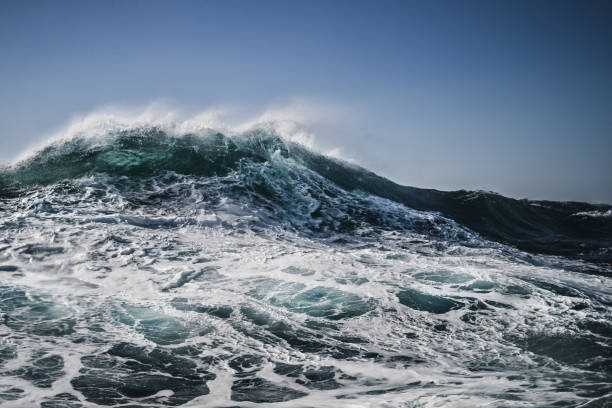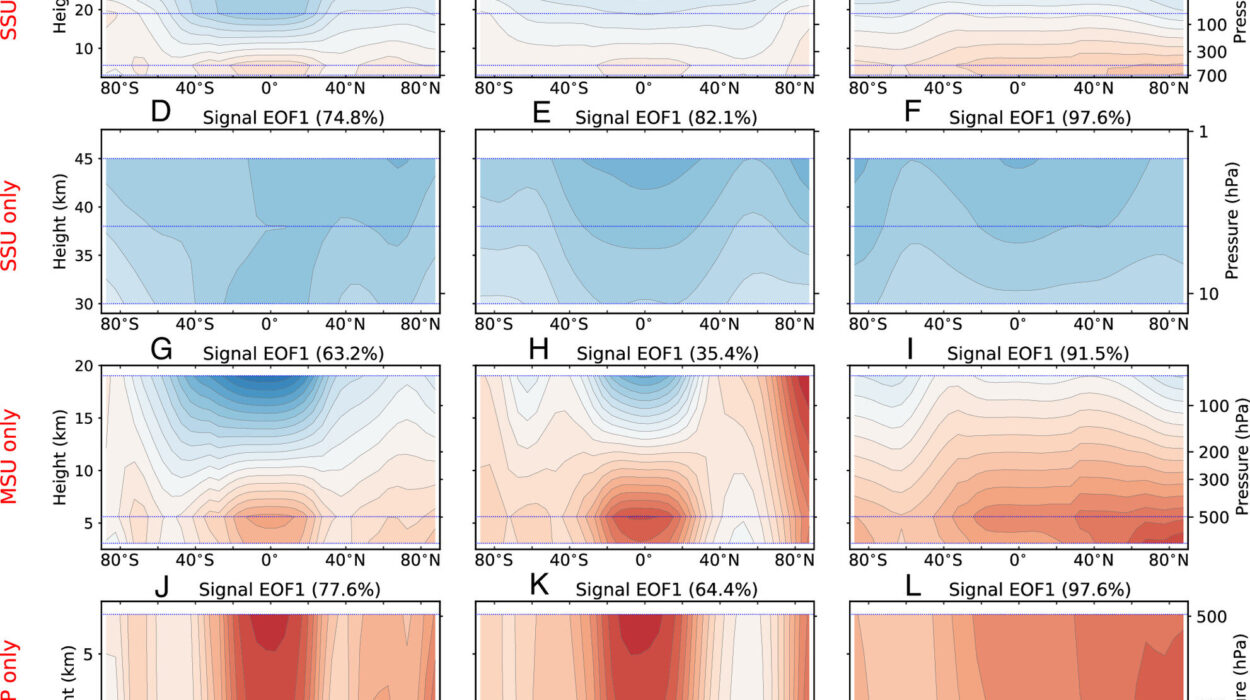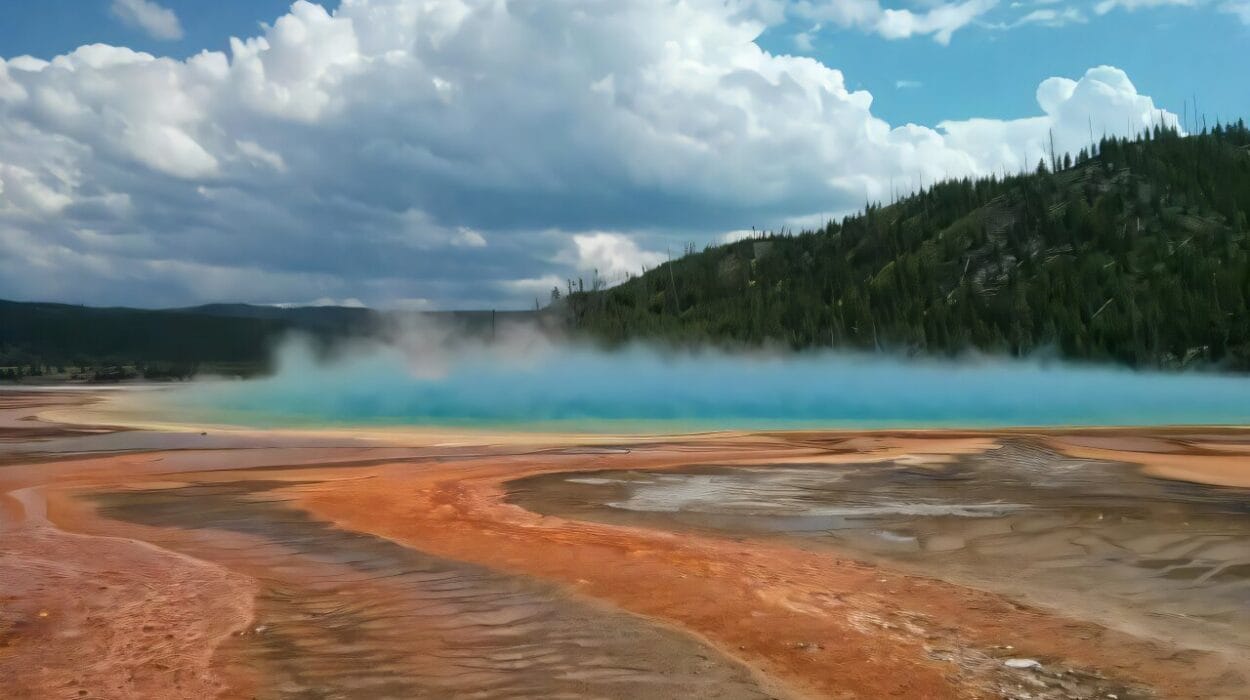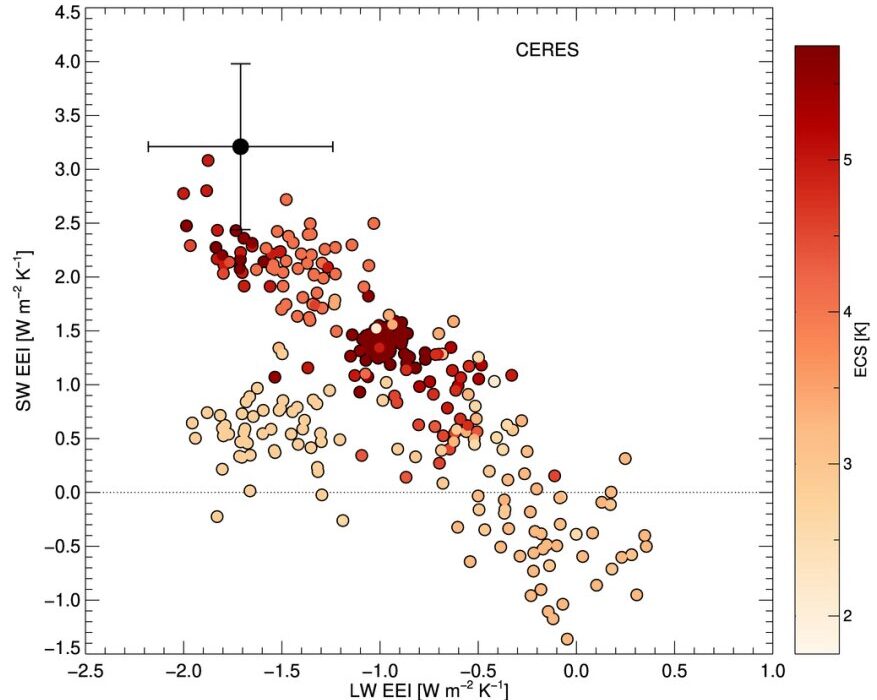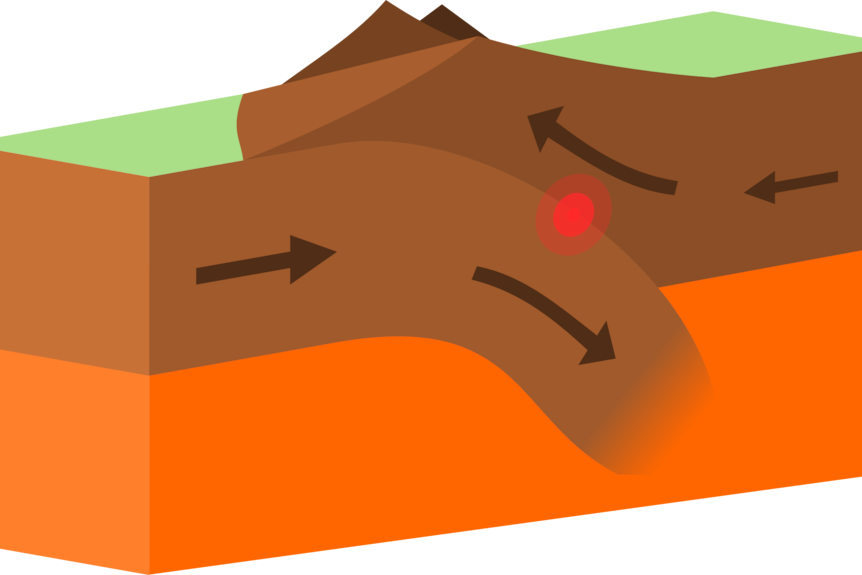Beneath the shimmering skin of our oceans lies a realm so vast, so alien, and so mysterious that we know more about the surface of the Moon than we do about this place. The deep ocean—stretching miles beneath the waves into complete darkness, crushing pressures, and bone-chilling cold—is Earth’s final frontier. A vast, unexplored world of trenches, mountains, canyons, and unseen life forms thrives in its shadows, largely hidden from human eyes.
This abyssal world is not empty. On the contrary, it teems with creatures so bizarre and wondrous they seem to belong to science fiction. Here, evolution has written in a language of extremity, sculpting organisms capable of surviving where sunlight dies, where pressure can implode a submarine, and where food is scarce and unpredictable.
The journey to explore this realm is one of the greatest scientific odysseys of our time—a story of daring technology, patient research, and the insatiable human hunger to understand the unknown. To explore Earth’s deepest oceans is to glimpse a parallel planet within our own.
Descent into Darkness
The journey into the deep sea is not a casual dive. Light disappears just a few hundred meters below the surface. Past that point begins the twilight zone, and deeper still lies the midnight zone, a world of absolute blackness. Beyond 1,000 meters (around 3,300 feet), sunlight is gone completely, replaced by an icy, crushing darkness that stretches for miles down into the abyssal and hadal zones.
At the deepest point of the ocean—nearly 11,000 meters (36,000 feet) down in the Mariana Trench—the pressure is more than a thousand times that at sea level. That’s equivalent to the weight of 50 jumbo jets pressing down on a single square meter.
Humans cannot survive here without machines. In fact, only a handful of crewed expeditions have ever reached the bottom. More humans have walked on the Moon than have visited the Challenger Deep—the trench’s lowest known point.
The Abyss Revealed
The birth of deep-sea exploration came not with satellites or space shuttles, but with a weighted rope. In the late 19th century, the HMS Challenger expedition (1872–1876) began the first true scientific exploration of the world’s oceans. With sounding lines, dredges, and a rudimentary understanding of oceanography, this ship discovered over 4,000 new species and mapped parts of the sea floor, including what we now call the Challenger Deep.
Yet it would take a new era of technology to truly descend into the abyss. In 1960, Jacques Piccard and Don Walsh made history by diving in the bathyscaphe Trieste to the bottom of the Mariana Trench. It was a feat of courage and engineering—no one had ever been so deep, and no one would follow for another half century.
In the decades since, remotely operated vehicles (ROVs) and autonomous underwater vehicles (AUVs) have taken over much of the heavy lifting. With robotic arms, high-definition cameras, and sampling equipment, they can reach places no human can survive. Their images have revealed a world alive with ghostly beauty, one that is still largely unmapped.
A Landscape of Extremes
Imagine a mountain range taller than the Rockies, hidden beneath miles of water. Or volcanic vents spewing superheated fluid from the planet’s molten heart. Or trenches so deep they could swallow Mount Everest whole.
The deep ocean is a dynamic, geologically active landscape. Mid-ocean ridges—vast undersea mountain chains formed by tectonic forces—circle the planet like the seams of a baseball. Hydrothermal vents, discovered in 1977, astonished scientists by revealing life thriving without sunlight, sustained instead by chemosynthesis—a process by which microbes convert chemicals like hydrogen sulfide into energy.
This discovery rewrote biology textbooks. Until then, life on Earth was thought to depend on sunlight. But here was an ecosystem entirely independent of it, one that hinted at the possibility of similar life on other planets or moons with subsurface oceans, like Europa or Enceladus.
Seamounts, cold seeps, deep trenches, abyssal plains—these are the habitats of the deep. And each is home to lifeforms adapted in ways that stretch the imagination.
Monsters and Miracles: Life in the Deep
Evolution in the deep ocean is guided by one rule: adapt or die. Food is scarce, visibility is zero, and the pressure could flatten a car. Yet nature has found a way—not just to survive, but to thrive.
Creatures of the deep are marvels of adaptation. Take the anglerfish, with its bioluminescent lure dangling from its head like a glowing fishing rod. It uses this light to attract prey in the darkness. Some species are the size of a football, others barely larger than a coin.
Then there’s the vampire squid, which is not actually a squid, nor a vampire, but something altogether stranger. It uses minimal energy, has glowing eyes, and can invert its arms to shield itself in a cloak of webbed blackness.
The gulper eel has a jaw that can unhinge to swallow prey larger than its body. The giant squid, once a myth told by sailors, is very real—and enormous. And the barreleye fish, with a transparent head and upward-facing eyes, looks like something from an alien world.
Many of these creatures emit their own light—a phenomenon known as bioluminescence. They use it to attract mates, confuse predators, or hunt prey. Some flash bursts like camera flashes; others glow with soft pulses. It’s estimated that more than 75% of deep-sea animals produce some form of light.
Microbial Cities and Alien Chemistry
Not all life in the abyss is big or monstrous. In fact, some of the most important organisms are invisible to the naked eye.
Microbes dominate the deep biosphere. In hydrothermal vent communities, chemosynthetic bacteria form the base of the food chain, powering entire ecosystems. These bacteria live inside giant tube worms, clams, and mussels in a stunning example of symbiosis.
These microbes have evolved to survive in temperatures above boiling and in waters laced with toxic metals and sulfides. They hold clues to the limits of life on Earth—and perhaps on other planets. Some researchers even suggest that life on Earth may have originated near these deep-sea vents.
Sediment cores taken from deep ocean floors contain ancient bacteria that may have lain dormant for millions of years, only to reawaken in the lab. These microbes are unlocking new frontiers in biotechnology, medicine, and even the search for extraterrestrial life.
The Unseen Ecosystem
Beneath the drama of glowing fish and thermal vents lies a slower, quieter story: the carbon cycle. The deep ocean is a major player in Earth’s climate system, absorbing carbon from the atmosphere and storing it for centuries.
Dead plankton, fecal pellets, and marine snow—tiny organic particles—drift down from the surface, feeding deep-sea creatures and locking away carbon in the sediment. This “biological pump” helps regulate Earth’s temperature and climate.
But this fragile system is vulnerable. Warming waters, acidification, and human activity threaten its balance. If disturbed, it could release vast stores of carbon, accelerating climate change.
Mining the Abyss
As technology makes the deep ocean more accessible, a new danger has emerged: deep-sea mining.
The abyssal plains hold vast fields of polymetallic nodules—metal-rich rocks containing cobalt, nickel, manganese, and rare earth elements. These are crucial for batteries, electronics, and clean energy technologies.
Nations and corporations are racing to mine these nodules from the deep sea. But scientists warn that we are moving faster than our understanding. These environments take millennia to form and may never recover from disturbance. Sediment plumes, noise pollution, and habitat destruction could have catastrophic effects on creatures we barely understand.
There is a growing call for a moratorium on deep-sea mining until we know more. The deep ocean, once a sanctuary of silence, now faces a man-made threat as profound as any on land.
The Human Connection
Why should we care about a place we’ll never visit?
Because the deep ocean is not separate from us. It moderates our climate, fuels our fisheries, absorbs our carbon, and provides untapped medicines and materials. It is a vault of biodiversity and a record of Earth’s history.
But perhaps the most powerful reason is wonder.
To explore the deep ocean is to touch the unknown. It reminds us how much we still have to learn, how limited our knowledge is, and how vast the planet remains.
The abyss challenges our assumptions about life, survival, and evolution. It reveals not a barren wasteland, but a thriving alien biosphere beneath our feet. It humbles and inspires.
Into the Future
New missions are pushing deeper. In 2012, filmmaker James Cameron made a solo descent to the Mariana Trench in his submersible Deepsea Challenger, capturing high-resolution video and collecting samples never seen before.
In 2020, Victor Vescovo became the first person to dive repeatedly into the deepest parts of all five oceans. His team discovered new species, plastic waste, and geological secrets hidden for eons.
Satellites now map the seafloor with increasing accuracy, but much remains unresolved. Fewer than 20% of the ocean floor has been mapped in detail. That means we still know virtually nothing about the topography of more than 80% of our planet’s largest habitat.
Projects like Seabed 2030 aim to change that, compiling global bathymetric data to produce a complete map of the seafloor by the end of the decade. It’s a monumental task, but one that carries enormous scientific, environmental, and cultural significance.
A Call to Awe
In the end, exploring Earth’s deepest oceans is not just about science. It’s about humility. It’s about rediscovering a sense of awe in an age that often feels overexplained and underimagined.
In the pitch-black depths, where light never reaches and pressure crushes like a fist, life persists. It glows, it adapts, it surprises.
The abyss is a mirror, showing us the resilience of life and the fragility of ecosystems. It whispers secrets older than humanity and holds the keys to mysteries yet to come.
To explore it is to reach not just into the Earth, but into ourselves—into our desire to understand, to protect, and to wonder.


